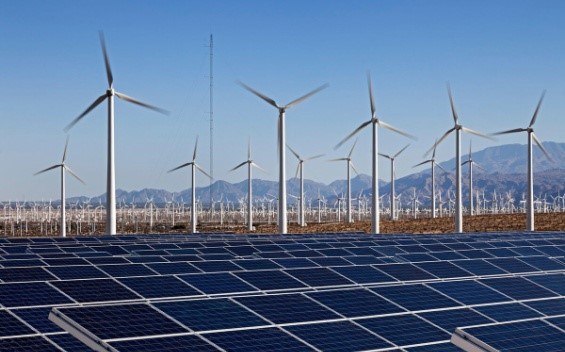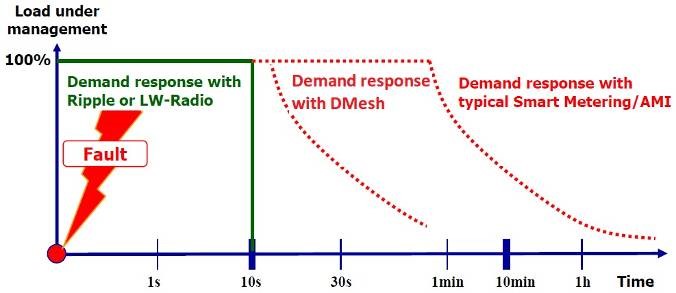California has been grappling with power shortages and outages for days. More than 3 million users have been disconnected from the power supply. California is experiencing an unprecedented heatwave, leading to an increase in the use of air conditioners. Today, even 4.5 GW of capacity is not enough during peak periods. This, of course, leads to a sharp rise in prices during peak hours to USD 3800 per MWh. (several tens of times more than the average price).
California’s energy system relies heavily on renewable sources (with a plan to switch to 100% renewable energy as early as 2045), and the main problem this afternoon is the end of working conditions for PV cells and the rise in peak demand. Against the background of a weakening of the wind, which sharply reduced energy production, there was a failure at the gas power plant, which provides a reserve for electricity production. And due to extreme temperatures, a number of power lines have been turned off to prevent the threat of forest fires.
There were no adequate backup power supplies from other states because demand is at record levels everywhere. The problem will continue until the weather returns with stronger winds, balancing the production of renewable energy.
California’s problem arose in 2000 when it introduced free trade in electricity and failed to provide producers with enough electricity to meet consumer needs.
In summer there has always been a peak in demand (air conditioning), and the hotter the higher the energy consumption. Demand is partially covered by electricity generation from hydroelectric and gas-fired power plants – previously coal-fired (2000), which were not serviced for market reasons and were then closed.
It is not profitable for a manufacturer to maintain an excess of generating capacities, for a manufacturer, by and large, it is not profitable to help a neighbor who is a competitor, and consumers save on backup power sources by installing wind turbines and solar panels. All is well as long as the wind blows and the sun shines …
California’s problem is in the high volatility of renewable energy sources and in the technical problems of operating gas power plants. Added to this was a record heat wave with fires and network problems. As a result, we have private consumers disconnecting and high prices during power shortage hours and possibly bankruptcy of suppliers if they cannot transfer high costs from the wholesale market to recipients’ accounts in the retail market.
This lesson for Europe shows that the development of renewable energy must be correlated with the corresponding security of the energy system. Safe (uninterrupted supply) electricity 100% from renewable energy is possible, but requires careful planning, balancing, maintenance of infrastructure and storage, which is a reserve in the event of an increase in consumption.
Load Management (analog Ripple Control)
DMesh supports broadcasts to selected groups of the network. This allows the congestion on the electricity off secondary energy consumption – floor heating, heating, hot water in boilers and swimming pools, air-conditioning, extra lighting, refrigerators, off of which 5-15 minutes several times a day, with the consent of the consumer, not only saves money but also offloads power during peak congestion and avoid accidents.
The response time for load shedding may be 20 to 50 seconds, which compares favorably DMesh from the standard Smart Metering/AMI systems and to manage the load on a pre-approved schedule, and in real time.
More sites www.djv-com.com and www.djv-com.net, contact telephone 373 22 438341, 373 22 4383 34.



